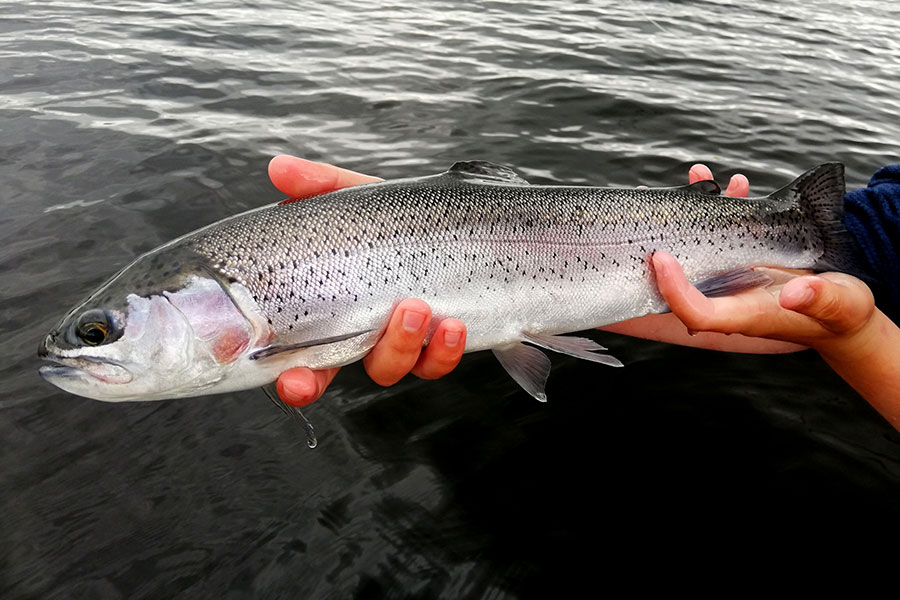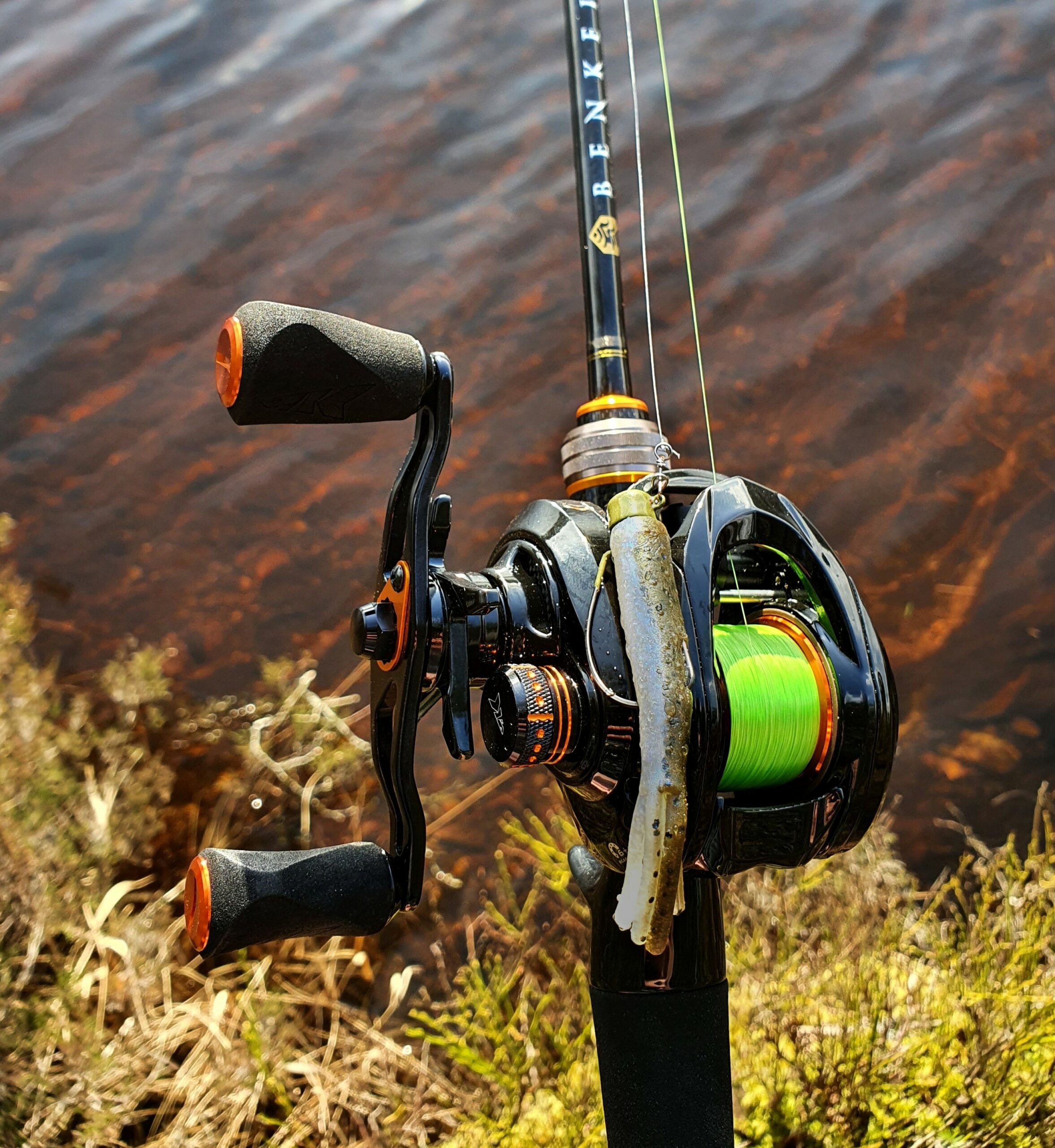At this point, you’re probably asking, what is Trout Area fishing?
Well, Trout Area originates from Japan and is a finesse lure fishing technique that has started to gain in popularity here in the UK. The method is very similar to Light rock fishing, Bait Finesse Systems and dropshotting. It’s another technique where a more sensitive and finesse approach is required. Trout Area, however, focuses on one species and one species only – thus the name! It follows a basic set of principles, these being: Catch and Release; Use of light braided mainlines, no soft plastic lures, ultralight spinning rods and minimal fish handling.
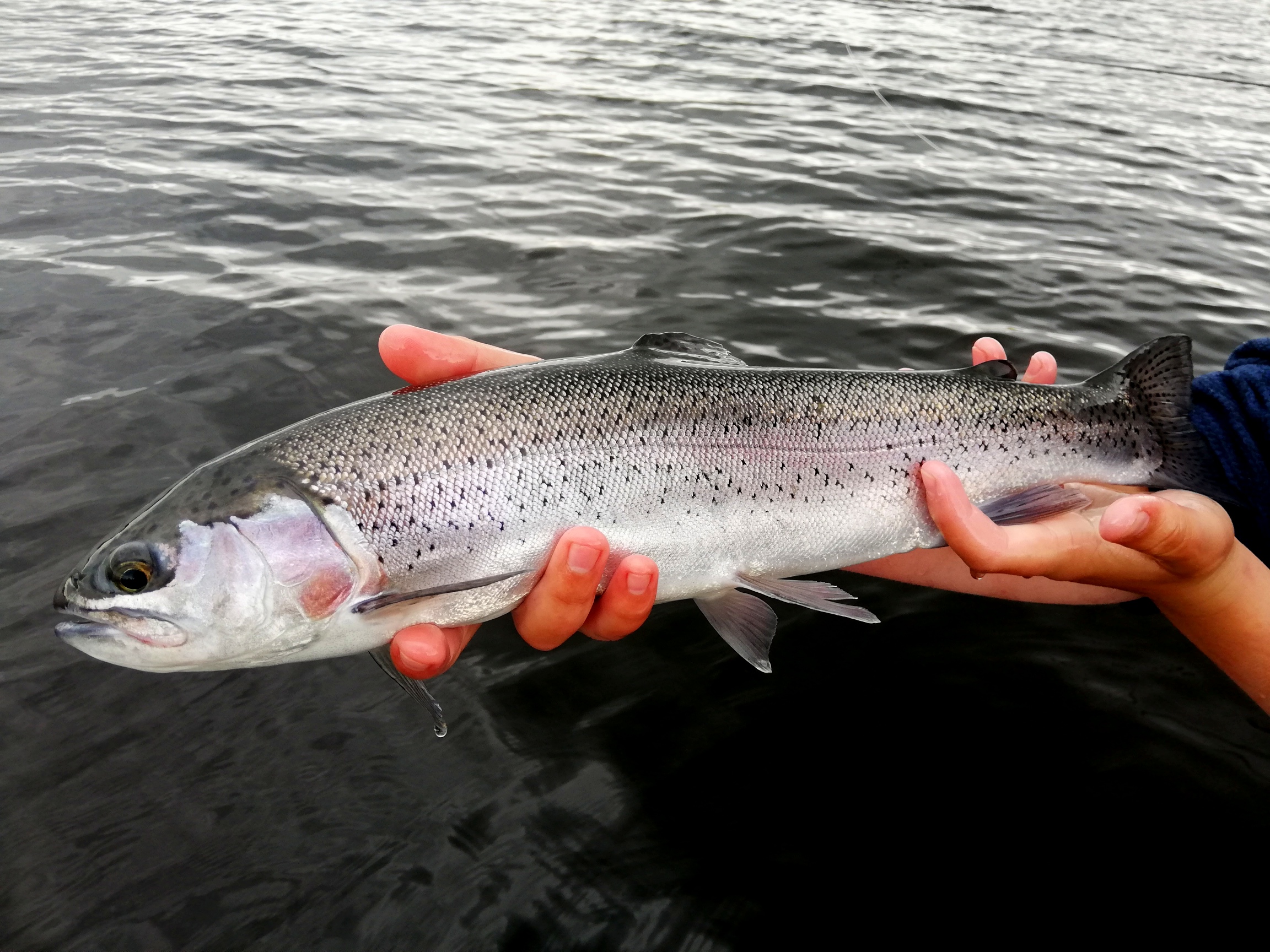
Ultimately, the Japanese focus on respecting the fish they capture. The use of rubber mesh landing nets and barbless single hooks are the main care elements of the method.
The concept itself has already grown a vast following in Italy and Russia and the UK trout scene has the potential to accommodate this exciting and new technique around our many trout fisheries.
Trout Area Fishing Rods
The lighter the rod the better! Most Trout Area fishing rods are between 5ft 5 to 6ft. However, the method was originally to be fished in small ponds or stillwaters. Here in the UK, trout fisheries can vary in size. So a rod of 6 – 7ft in length would be more beneficial. This would provide the extra leverage for obtaining slightly more distance while still maintaining the accuracy required for this technique.

Accuracy, sensitivity and action are the three major factors to consider when choosing a Trout Area rod. The shorter rods help aid casting accuracy which is ideal for covering rising trout and casting to tight areas. The shorter rods also benefit casting smaller lures.
The short rods allow anglers to be more mobile and in most cases, Trout Area anglers will carry 2-3 rod setups. This allows them to fish more efficiently and save them time changing lures frequently.
Trout Area rods are very sensitive, most Trout Area rods will have a maximum casting weight of 5 grams and as little as 0.5 grams! These ultra-light rods are key for picking up the subtlest of takes.
Since Trout Area fishing employs finesse tactics, it’s important to have the right rod action for the job. Trout Area rods have a parabolic or through action which means the rod, blank bends through its entirety. The rod action is very beneficial as it allows the rod to absorb a lot of the fight and reduces the pressure on the lighter breaking strain mainlines that are incorporated into Trout Area fishing. The other benefit is that through action rods are more forgiving when using hard baits such as metal spoons or crankbaits. So when a trout picks up a hard lure, the slow loading rod blank provides the delay required for the angler to set the hooks before the trout realises what it has taken.
Trout Area Spinning Reels
Just like the rods, Trout Area reels have to compliment the rod. We recommend using a 500 – 1000 size spinning reel with a light drag system. The light drag is required for the light breaking strain mainlines that will be used with the setup. A shallow spool is recommended but not a necessity, this is to accommodate the thin diameter mainline more efficiently. A spinning reel with a tapered spool lip is beneficial for casting accuracy and distance, while a high gear ratio reel will allow you to vary and alter your retrieval rate throughout the day.
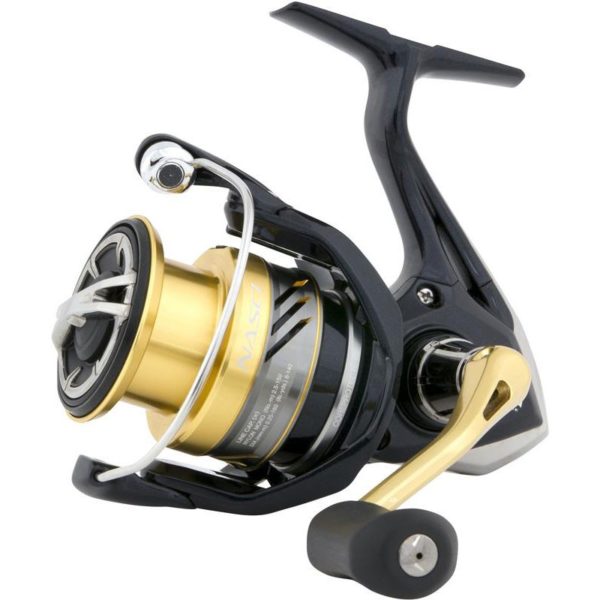
Trout Area Fishing Technique
Like any form of lure fishing technique, covering water is key! Trout Area Fishing involves using small hard lures, especially spoons. Straight retrieves can be applied as can stop-start retrieves. However, the method can be altered by imparting the action of the lure through the rod itself.
Like any form of lure fishing, the aim is to trigger curiosity and response. This can be done by ensuring your retrieve does not become stagnant or monotonous. A quick change of direction or a burst of speed might be the action required to trigger a bite!
Try covering areas that provide cover or hold fry/baitfish. Targeting jetties, docks or marinas are good ‘hold up’ areas for prey fish and are a magnet for trout.
Look at overhanging trees, sunken trees or rock piles as other good target areas.
Trout Area Fishing Tackle
As we have already highlighted, finesse and mobility are key! So when it comes to terminal tackle we recommend the following:
Trout Area Lines
When it comes to choosing an appropriate Troat Area line, we recommend using a braided line. The low stretch properties will indicate the subtlest of takes and provide a more positive hook up on the strike. Whilst the low diameter line will help aid the casting of small light hard lures.
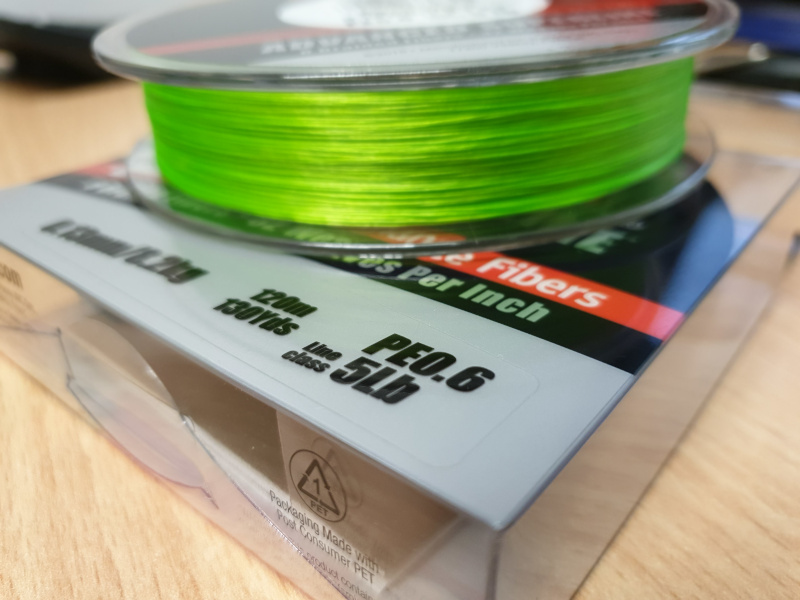
A braided mainline of 5-10lb breaking strain is recommended. Try and use a multi-fibre braid. With 6 or more fibres incorporated into it. The more fibres are woven into the braid the better. This will help increase knot strength and the multi fibres provide a smoother and rounder line profile, which allows for smoother casting as there is less friction as the line passes through the rods guides.
Trout Area Leaders
Fluorocarbon leaders not only provide low visibility in the water but the stiffness from fluorocarbon eliminates any unwanted tangles during the cast. We recommend using a 4-5lb leader of about 15 inches in length.

Connect your leader to your braided line with a uni to uni knot or a similar line to line knot.
Trout Area Lures
2 – 5gram micro spoons with single barbless hooks are most commonly used in this style of fishing. However, small crankbaits, tail bladed baits, and spinners can all be used.

Trout Area Terminal Tackle
Snap links:
Small snap links allow you to quickly change your lure without constantly having to cut and re-tie a new lure on, which will quickly see your fluorocarbon leader decrease in length.
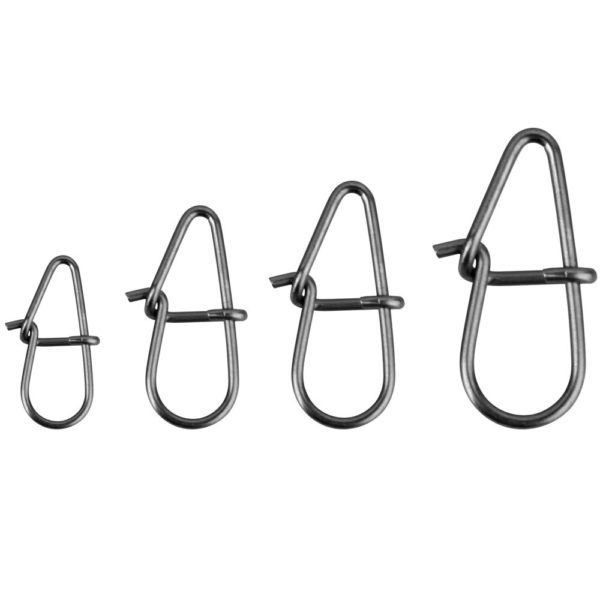
Snap links also allow for better lure articulation, which means it gives a lure a more natural movement in the water.
Unhooking tools:
When it comes to unhooking trout, we want to have good strong and reliable tools for the job. Although there are dedicated trout release tools for Trout Area fishing, they are not a necessity. A pair of forceps or a T-bar disgorger is more than adequate for the job.

This hook remover is designed specifically to remove single hooks.
Landing nets:
Fish care is paramount, so rubberised mesh landing nets are a crucial part of the kit. Rubber nets cause minimal damage to fish and are advantageous.
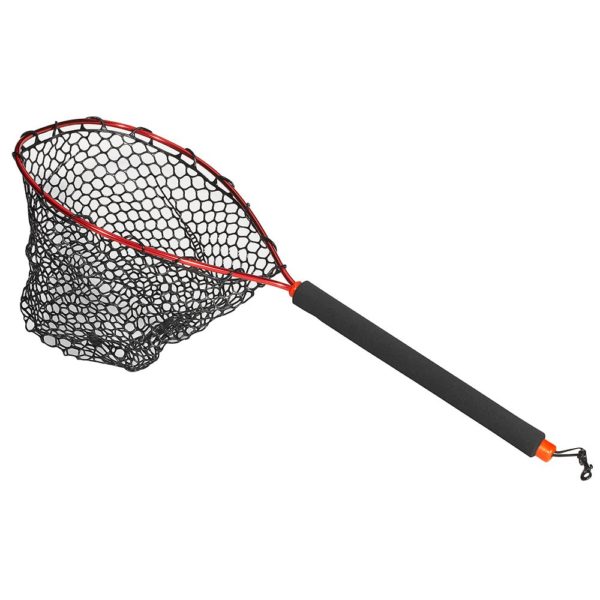
Conclusion
So if you’re looking to put a bit more fun and sport into your fishing, then we highly recommend giving Trout Area fishing a shot! This fun and finesse tactic is sure to take trout fisheries by storm this year.

